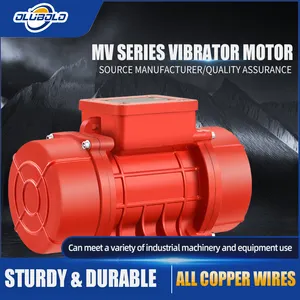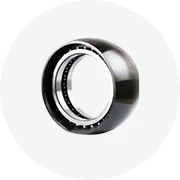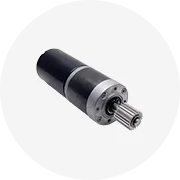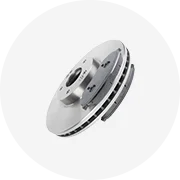
Three-Phase 220V 250W 260w Asynchronous Motor 0.25KW 415V Interlock Table Food Vibrator Motor High Efficiency Vibration Motors


Small Three-Phase AC Brushless Vibrating Plate Motor For Vibrator Feeder Packing Machine Tumbler Vibrating Machine













There are several benefits of using tubular motor price cheapest products. First, these motors are capable of producing high speeds. This means that they can be used in various industrial applications. Another benefit of tubular motor price cheapest options is that they allow you to control acceleration. Regulated control allows for consistent and controlled movement, which is essential for demanding applications around the world. This also helps in reducing wear and tear on engine parts since the speeds don’t change abruptly. Ac motors require less power to start up. They distribute it evenly and maintain a steady flow as it runs. This helps in reducing the risk of burnout that occurs when a motor is overworked during startup.
When it comes to choosing the tubular motor price cheapest, there are several factors that you need to consider, including flexibility, the noise it produces during operation, and size. Flexibility is an important factor to consider when buying your tubular motor price cheapest. This means that you should be able to use the motor for various applications. Another factor that you need to consider is the noise it produces during operation. The motor needs to be quiet during operation so that it doesn’t cause a disturbance. The size of the motor is also another factor to consider. The size of the motor greatly depends on the type of operations you are carrying out. Choose the appropriate size to avoid overworking it.
For wholesale tubular motor price cheapest, visit Alibaba.com. This online shopping platform offers a wide range of ac motors that suit your needs and budget. Go to the website at any time and place your order with a few clicks.